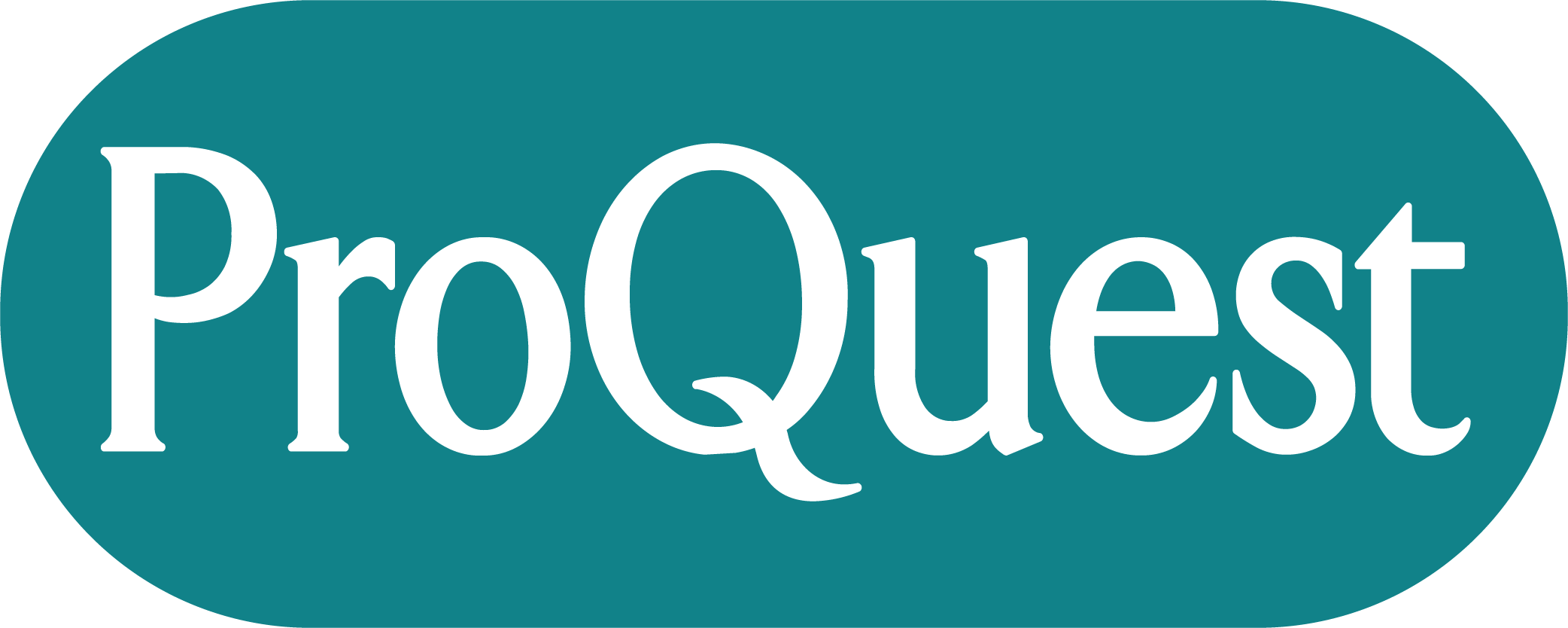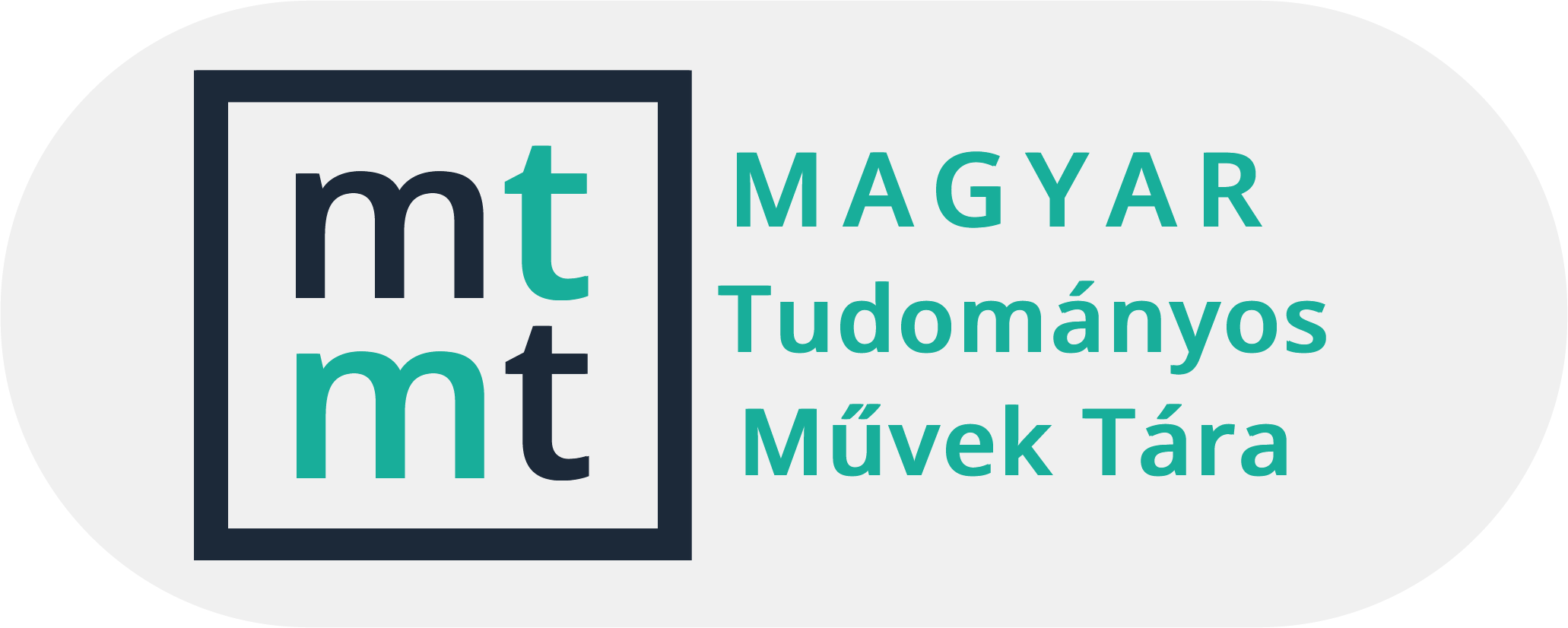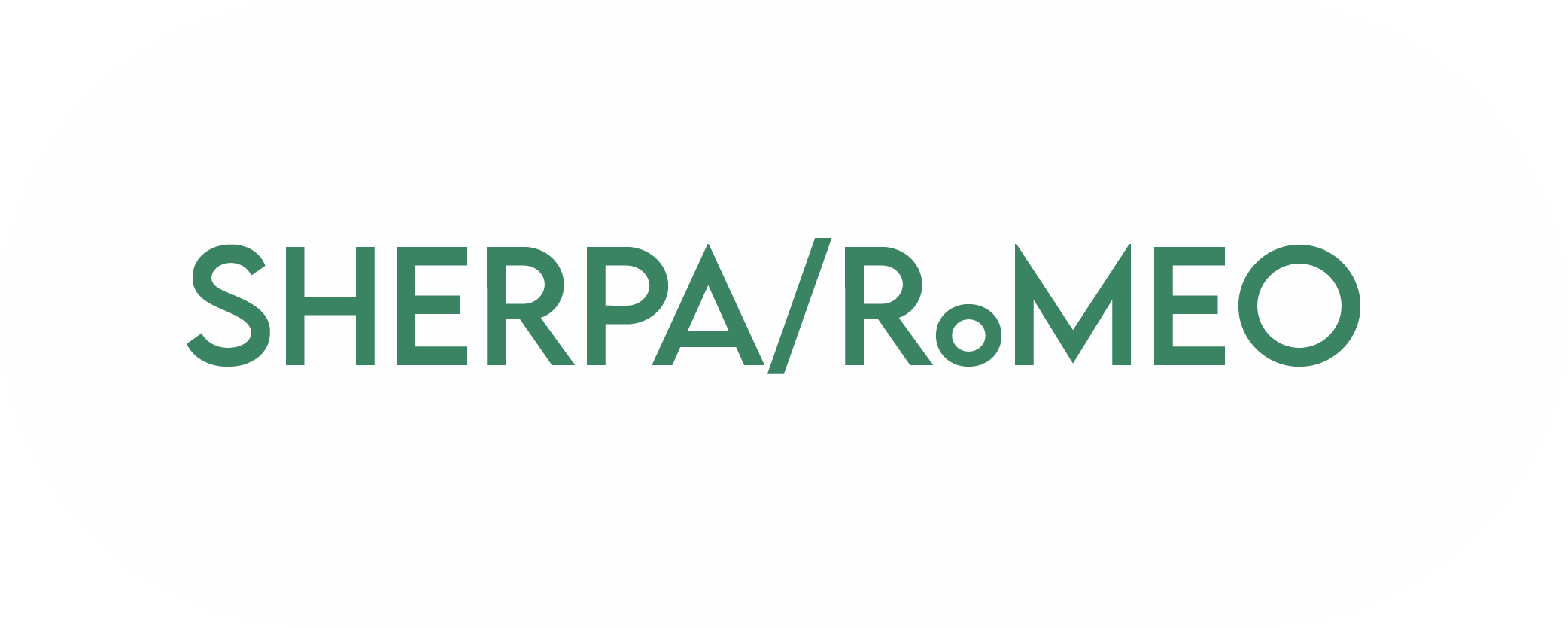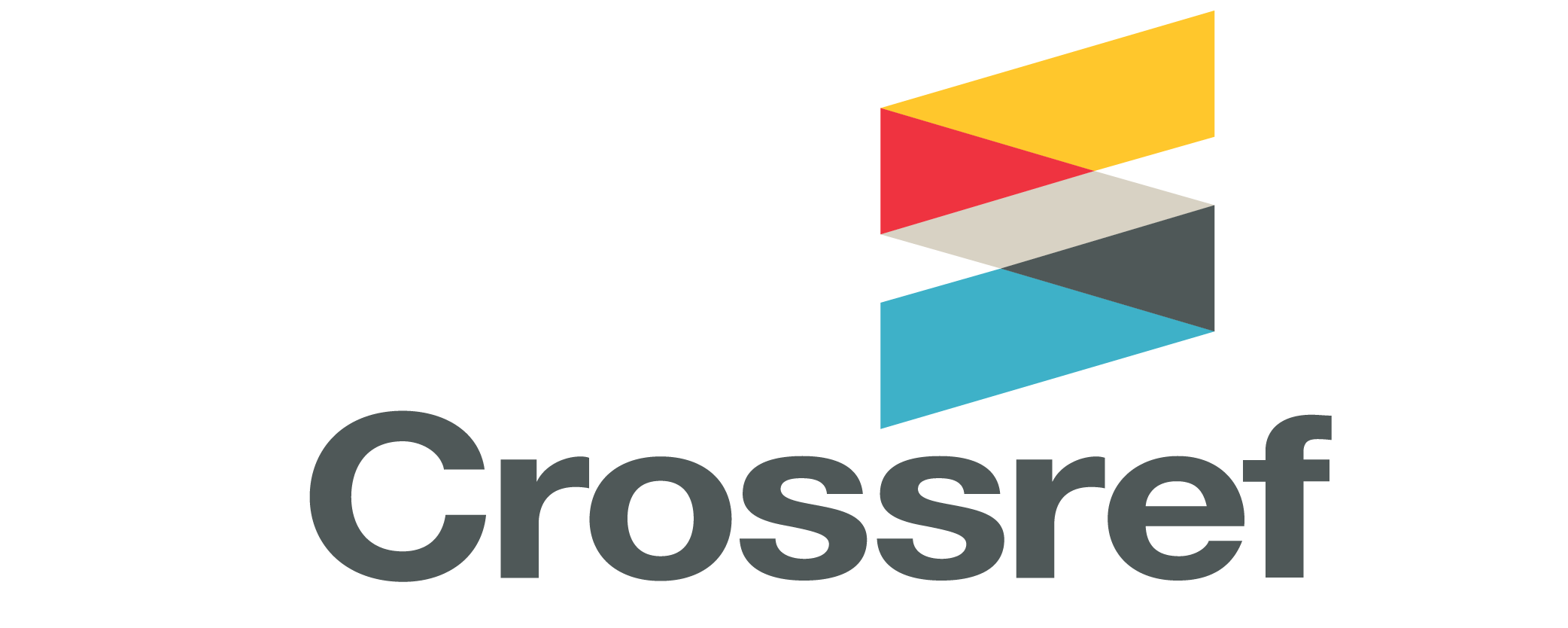Search
Search Results
-
Connections between discovery learning through the Pósa Method and the secondary school leaving examination in three Hungarian mathematics classrooms
67-85Views:397The Pósa Method is a guided discovery learning method that has been used in Hungarian education in the form of extracurricular activities for "gifted" mathematics students. A four-year experiment implemented the method in three more "average" classrooms. This article reports on the relationship between the Pósa Method and the standardized secondary school leaving mathematics exam (Matura Exam in short) in Hungary. Data consists of students' survey responses, teacher interviews, and exam results from the three Hungarian classrooms who took part in the four-year experiment. We identify aspects of the Pósa Method that can benefit and hinder exam performance. In addition, we find that learning through the Pósa Method for the four years of high school has adequately prepared students for the exam.
Subject Classification: 97D44, 97D54, 97D64
-
Didactical remarks on the changes in the requirements of the matriculation exam in Mathematics in Hungary
95-110Views:136Students within the Hungarian education system typically take a matriculation exam to obtain a secondary education certificate, which also serves as a prerequisite for university admission. Public education is regulated at different levels. One of its most fundamental elements is the National Core Curriculum, the current version of which came into force in September 2020. It is crucial to adapt the requirements of the matriculation exam in mathematics to this and ensure transparent communication about the changes. Regarding this, there exists a sample paper that contains tasks that one can reasonably expect in the actual exam in the spring. Since I have been working as a private math tutor for almost a decade and have been preparing students for the matriculation exam since then, I intend to highlight the most outstanding features from a didactic point of view based on the analysis of this sample paper.
Subject Classification: 97A30, 97B10, 97B70, 97D60, 97U40






